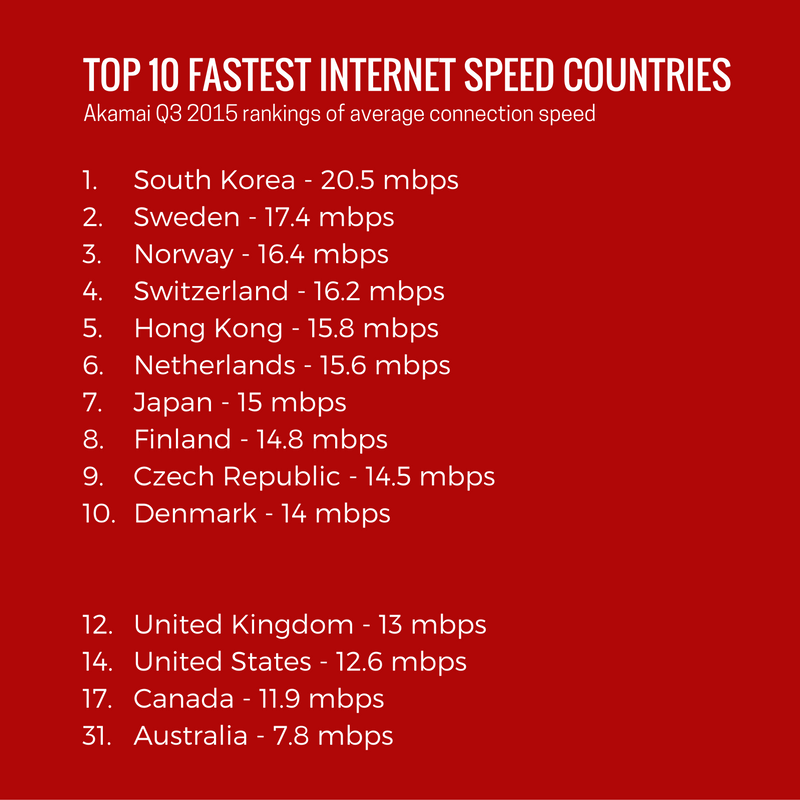If there’s one thing to be said about video, it has a killer PR machine. Never before has one format received so much attention. Content marketers, influencers, and production companies alike can’t stop crowing about the impact, use, and projected growth of video.
Here’s a taste:
- According to a report published by Forrester, including video in an email leads to a whopping 200 – 300 per cent increase in click-through rate.
- According to Forbes, 59 per cent of executives would rather watch video than read text.
- According to Implix, an introductory email that includes a video receives an increase click-through rate by 96 per cent.
- The Changing Face of B2B Marketing found 70 per cent of B2B buyers and researchers watch videos throughout their path to purchase, representing a 52 per cent jump in only two years.
Video is the duck’s guts
Video is either entertaining or educational. Occasionally, an educational video will also entertain, though that’s the exception.
For the record, I like entertaining videos as much as the next person:
- I’ve seen every episode of Car Pool Karaoke.
- I watched that clip of the hamster doing backflips over and over. As in, I watched, over and over, that video of the hamster doing backflips over and over. It cracks me up.
- If a duck and her brood need to be escorted across a busy highway, I’m glued to the screen.
But when it comes to educational video, it takes a lot more than a duck’s guts to grab my attention. And in the B2B marketing space where I work, just about everyone is making the same dumb mistake:
They’re not including a written transcript with their video.
Let me give you five good reasons why you should pair text with your video content.
1. Video is inefficient
According to Staples, the average American college student reads around 350 words per minute. That’s about as much as I’ve written so far. Yet, the (US) National Center for Voice and Speech reports the average rate for English speakers in America is around 150 words per minute.
We read twice as fast as we speak.
2. We’re time-poor
There’s little more annoying than investing your time in something only to discover it wasn’t worth the effort. With written material, it’s possible to mitigate the risk. We can assess in a matter of seconds whether a piece of content might be worth reading. We can tell from the first few lines if we like the style of writing. If a piece of content has chapters or headings, we use those as signposts of what is to come. We can scan or speed read.
Most videos don’t give us these options.
Consequently, your audience has no choice but to make a judgment call: Is it worth my time? Is it worth the risk?
3. Drowning by numbers
A new piece of content is being created every six seconds. If you’re anything like me, you’re probably struggling to keep up. Seriously, if I go more than two days without logging in to Feedly, I’m confronted with an insurmountable number of stories. Yes, Aaron Agius, in the quest to remain relevant and useful, every day I’m reading more and more. Yet, every day I’m reading less and less.
As a creator and curator of content, it takes me about two seconds to determine if a story might be of interest to me, or one of my clients. And the harsh reality is, if the headline directs me to a video, as Inc.com often does, I delete it and move on.
Watching a video simply takes too much commitment – especially when it’s almost a given someone else will have produced something just as good on the same topic in written-format.
4. Speed kills
Internet speed is a first world issue, to be sure. For those of us who are not living in South Korea (see Table below) it definitely impacts our online viewing habits. We will tolerate an occasional buffer when we’re part-way through an episode of our favourite HBO drama. At any other time, it’s just not worth the wait.
And don’t even get me started on pre-show advertising…
5. Quiet, please
We watch it while we’re working,
We watch it on the train,
We watch it while we’re waiting,
We watch it to stay sane.
In other words, we often choose to, or need to, watch video content discretely. And that means if we don’t have a headset (or don’t want to be seen to be wearing one) we have to either watch with the sound muted and the aid of captions, or not at all.
Nicolas Cole, one of my favourite Inc.com contributors, wrote recently about storytelling, text and how video needs a narrative. He and I are aligned in our advocacy for the written word. In any circumstance a transcript will expand your video’s reach and optimise engagement.







